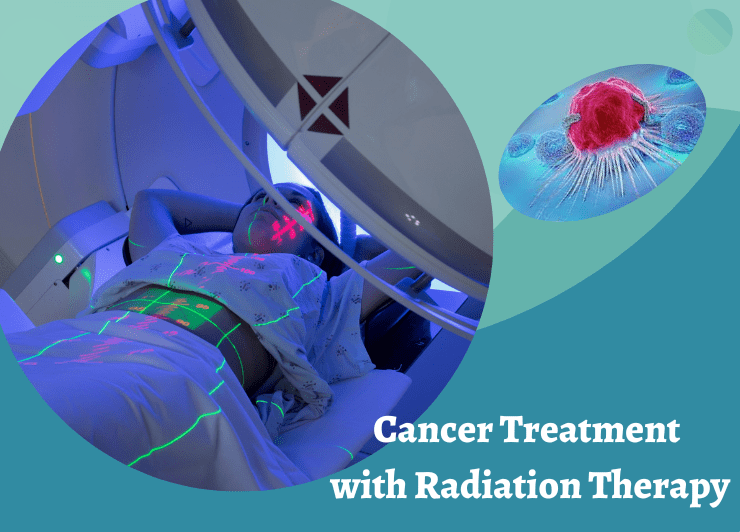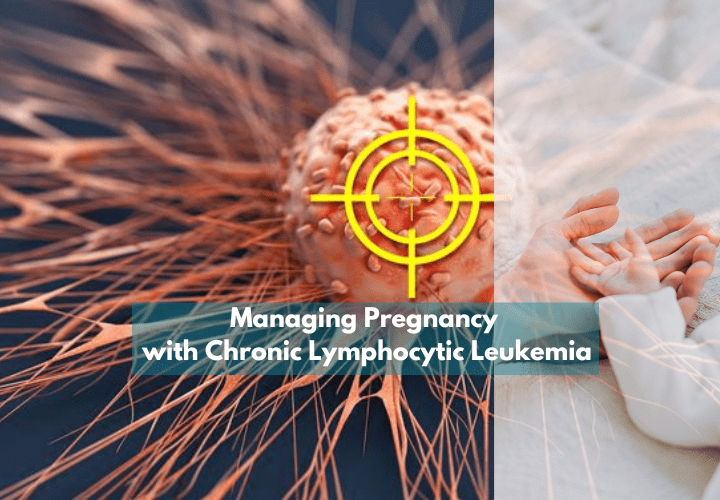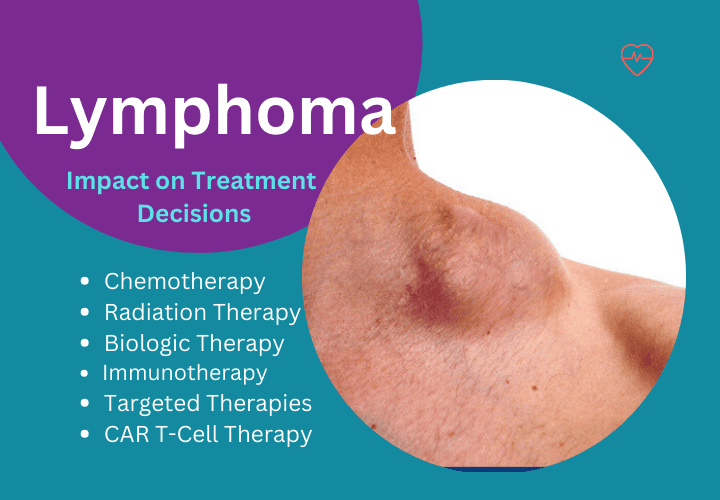Treatment of Cancer with Radiation Therapy

Treatment of Cancer with Radiation Therapy
- onco
- December 7, 2022
Treatment of Cancer with Radiation Therapy:
Radiation therapy is also known as radiotherapy. It is a type of cancer treatment that uses high-energy radiation to shrink tumors and kill cancer cells. This therapy is used to treat different types of cancer. A radiation oncologist specializes in giving radiation therapy to treat cancer. Many different forms of cancer can be treated with radiation treatment, which can also be used with chemotherapy or surgery. With the help of this therapy, cancer cells stop growing and are destroyed. There are basically two types of radiation therapy: external beam radiation therapy and internal radiation therapy. In this article, you will learn about how radiation therapy helps treat cancer.
How does radiation therapy help treat cancer?
Cancer develops in the body when healthy cells undergo changes and if there is uncontrolled growth of the cells. The cancer cells grow, divide, and multiply faster than normal cells. Radiation therapy damages the DNA of the cancer cells and stops them from growing and getting destroyed. Radiation therapy affects only the target area of the body, where the cancer cells are located, and not the whole body. During the treatment, some of the healthy cells also get damaged, but they heal when the treatment is completed. This therapy does not immediately kill cancer cells. This treatment takes weeks to kill cancer cells, and the cancer cells keep dying for months after the radiation therapy is completed.
The radiation therapy is given to the cancer patients according to the type of cancer they have or how much it has spread. This radiation therapy can be given along with other different treatments to treat cancer. This therapy depends on many factors, such as the type of cancer, size of the tumor, location of the tumor, closeness of the tumor to the other normal tissues, your medical history, your age, etc.
Types of radiation therapy:
- External Beam Radiation Therapy:
In external-beam radiation therapy, radiation is delivered from a machine outside the body. This machine sends radiation to the target area of the body from different directions. The therapy affects the tumor and avoids the surrounding healthy tissues, which are located nearby. This therapy is given to patients for several weeks. External therapy is of different types, such as:
- Three-dimensional conformal radiation therapy (3D-CRT)
- Intensity-modulated radiation therapy (IMRT).
- Proton beam therapy.
- Image-guided radiation therapy (IGRT).
- Stereotactic radiation therapy (SRT).
- Internal Radiation Therapy:
Internal radiation therapy is also known as brachytherapy. In this radiation therapy, radioactive materials like seeds, ribbons, or capsules are kept in the cancer cells or the surrounding tissue. This is the permanent implant.
In systemic radiation therapy, this type of radiation therapy can be given through a vein via an IV line or through an injection. After this therapy, your body fluids give off radiation via urine, saliva, and sweat.
What are the side effects of radiation therapy?
The majority of cancer patients receive radiation therapy over a number of sessions, and they do not get the full dose at once. So, during sessions, your tissues get time to recover, which reduces side effects. However, patients report vomiting, diarrhea, fatigue, nausea, headaches, skin irritation, hair loss, mouth sores, decreased appetite, and pain in the throat when swallowing.
Radiation therapy helps treat cancer in the body. But like other treatments, this therapy also causes side effects such as skin changes, discomfort, etc. There is a risk of developing a second cancer after undergoing this therapy. In the majority of cases, radiation therapy removes the existing cancer.
Recent Posts
-
Managing Pregnancy with Chronic Lymphocytic Leukemia
April 30, 2024
-
Signs of Stomach Cancer: Diagnosis and Treatment
April 18, 2024





Leave a Reply